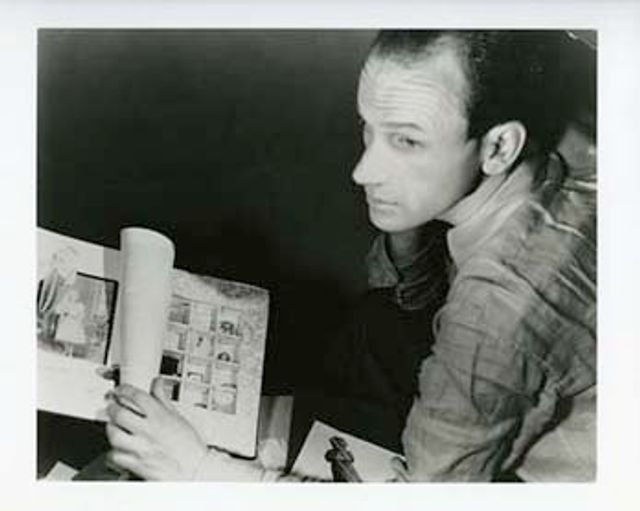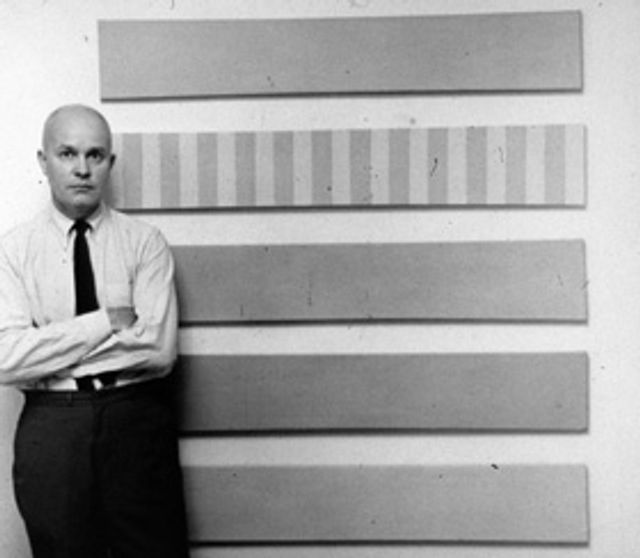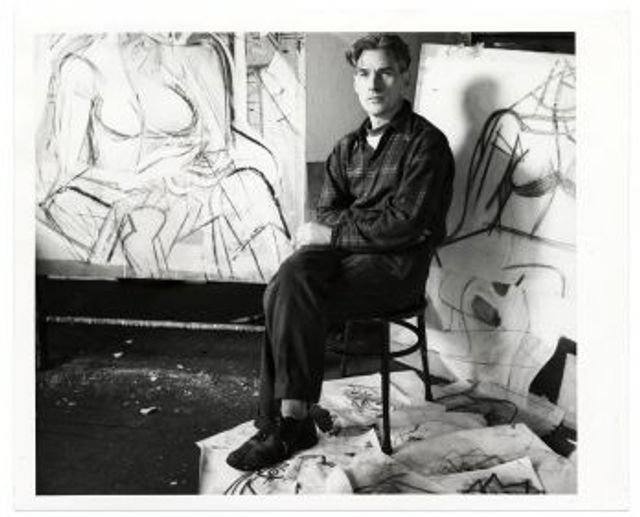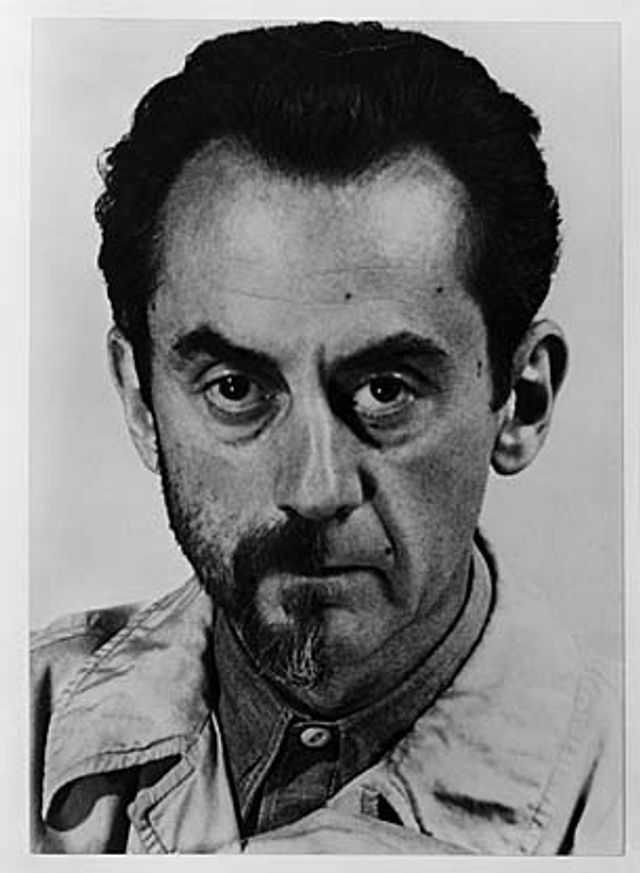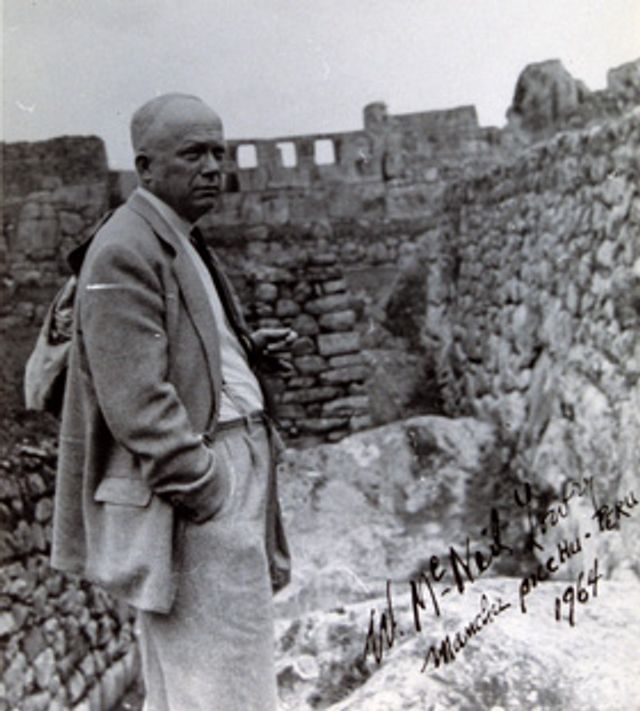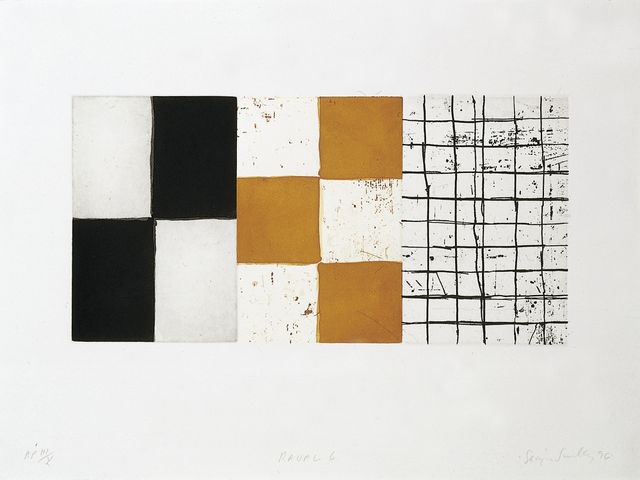Abstract Drawings
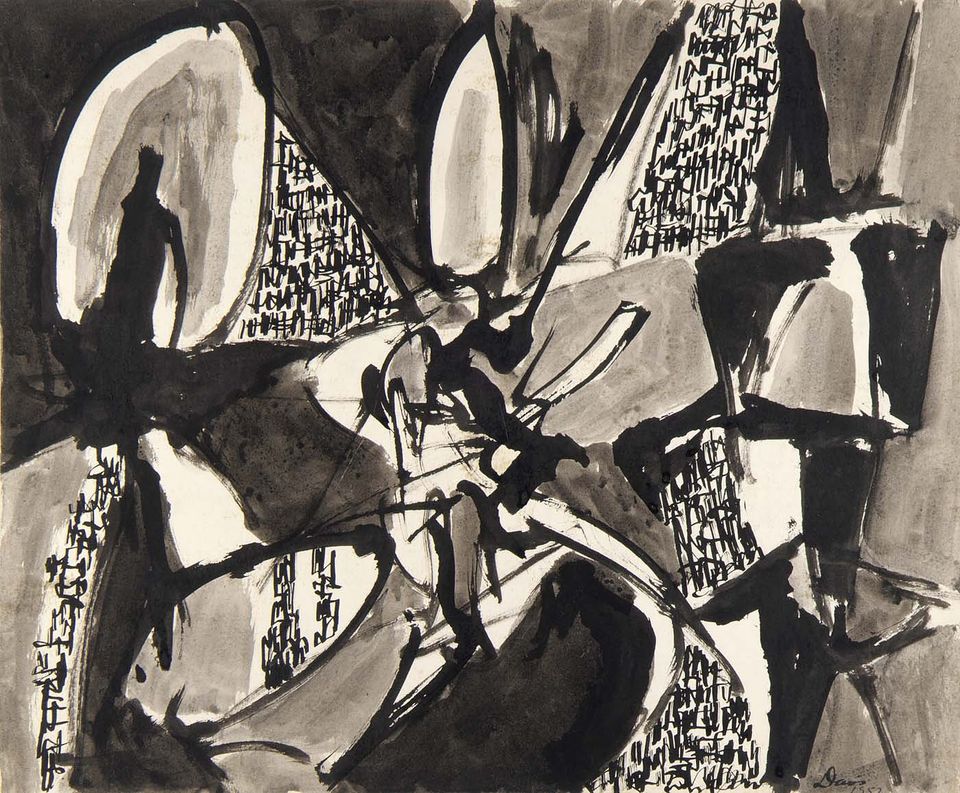
Gene Davis, Saber Dance, 1952, ink and ink wash on paper, Smithsonian American Art Museum
Abstract Drawings presents a selection of forty-six works on paper from the Smithsonian American Art Museum’s permanent collection that are rarely on public display. From simple sketches to highly finished compositions, these works represent the rich possibilities of abstraction as a mode of artistic expression.
Description
American artists began to experiment with abstraction in the early twentieth century. This installation includes works from the 1930s to 2009 by artists such as Joseph Cornell, Willem de Kooning, Gene Davis, Jacob Kainen, Man Ray, Theodore Roszak, and Sean Scully, among others. Most abstract drawings were created as independent works of art in which the artist explored an idea or the relationship of forms and colors, as in Bones by Andrea Way or Saber Dance by Gene Davis. In many of the drawings, references to objects, figures, or places remain visible, but they have been transformed into compositions that have only passing resemblance to their source of inspiration, such as Charles Seliger’s series of fourteen illustrations for the unfinished satire An Island in the Moon by poet William Blake. The collages by Joseph Cornell were based on Rorschach inkblots that were then transformed into images by the artist’s imagination and deft addition of line. Some of the featured drawings were preparatory for works of art in another medium, such as Al Held’s Untitled (Study for Order/Disorder/Ascension/Descension) (1975), which he created for an enormous two-part mural commissioned for the Social Security building lobby in Philadelphia.
The artworks on display were selected by Joann Moser, senior curator.
Visiting Information
Online Gallery
Artists
A premier assemblagist who elevated the box to a major art form, Joseph Cornell also was an accomplished collagist and filmmaker, and one of America's most innovative artists. When his sister and brother-in-law, Mr. and Mrs. John A.
[Gene Davis was] a major figure in 20th-century American painting whose contribution was invaluable in establishing Washington, D.C., as a center of contemporary art.
Born in Holland, moved to the United States in 1924.
Printmaker who worked in woodcut, silk screen, and other media; his style gradually evolved from the social realism of the 1930s to more abstract portraits in the 1950s and later.
Charles Sullivan, ed American Beauties: Women in Art and Lite
Born in Philadelphia, lived intermittently in the United States, but preferred Paris.
After art school, Roszak received a fellowship to go to Europe in 1929.
Scully was born in Dublin, Ireland, in 1945 but was raised in London, where his family moved in 1949.














